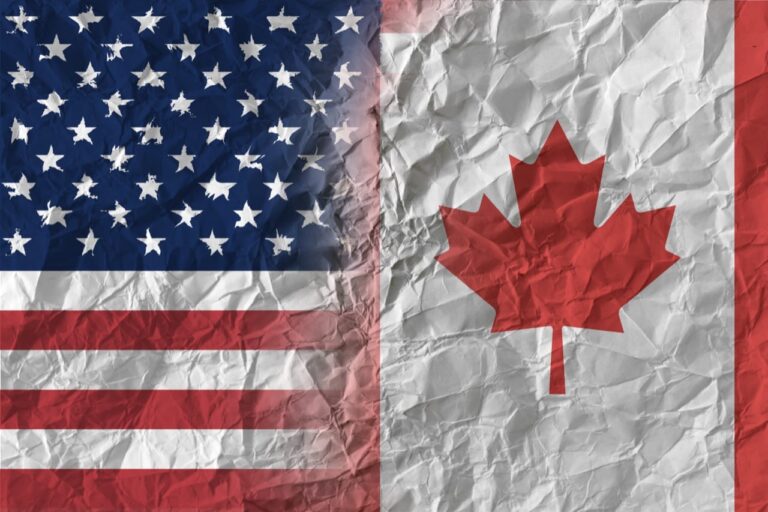The introduction of tariffs can have ripple effects on various sectors of the economy, and the real estate market is no exception. While it’s difficult to predict the exact impact of potential U.S. tariffs under a Trump administration, analyzing historical trends and economic principles can provide some insight into how tariffs might influence Canadian real estate.
Understanding Tariffs and Their Economic Impact
Tariffs are taxes or duties imposed on imported goods, often with the intention of protecting domestic industries. However, they can also lead to increased costs for businesses and consumers, potentially impacting disposable income, employment, and borrowing capacity—factors that play critical roles in the real estate market.
Potential Impacts of Tariffs on Canadian Real Estate
1. Rising Construction Costs
If tariffs target raw materials like steel, lumber, or aluminum—key inputs in construction—it could lead to higher costs for building new homes and commercial properties. Historically, increased construction costs have translated to higher property prices, potentially slowing down demand.
2. Reduced Cross-Border Trade
Tariffs often strain trade relations, which could impact industries that rely on exports to the U.S. Reduced trade can lead to job losses or economic slowdowns in certain regions, potentially weakening local housing markets.
3. Inflationary Pressures
Tariffs can contribute to inflation by raising the cost of goods and services. Central banks, such as the Bank of Canada, may respond by adjusting interest rates to control inflation, potentially making mortgages more expensive and reducing home affordability.
4. Localized Effects
Certain regions in Canada, particularly those with strong economic ties to U.S. industries (e.g., automotive manufacturing in Ontario), could see localized impacts if tariffs disrupt supply chains or employment. This could affect housing demand in these areas.
Historical Precedents and Lessons Learned
In the past, trade tensions and tariffs have shown mixed effects on real estate markets:
- The Softwood Lumber Dispute: Tariffs on Canadian lumber in the 1990s led to higher material costs, increasing housing prices in the U.S. and slowing construction in Canada.
- Steel and Aluminum Tariffs: When the U.S. imposed tariffs on steel and aluminum in 2018, Canadian builders faced higher costs, but the real estate market showed resilience, supported by low-interest rates.
The Resilience of the Canadian Real Estate Market
Despite economic pressures, the Canadian real estate market has historically demonstrated resilience. Factors such as population growth, immigration, and housing demand often buffer against external shocks like tariffs. Additionally, government policies and programs aimed at supporting homeownership may mitigate the potential effects of economic uncertainty.
What Homebuyers and Investors Should Consider
While it’s uncertain whether tariffs will significantly impact the Canadian real estate market, here are some steps homebuyers and investors can take to stay prepared:
- Monitor Economic Indicators: Keep an eye on interest rates, employment trends, and inflation, as these are key drivers of real estate performance.
- Diversify Investments: Investors should consider diversifying their portfolios to hedge against potential market volatility.
- Plan for Flexibility: Buyers should work with mortgage brokers to explore financing options that provide flexibility in uncertain times.
Final Thoughts
The potential impact of tariffs on the Canadian real estate market depends on various factors, including the scope of the tariffs and the broader economic response. While historical trends suggest that certain sectors, like construction, may feel the pinch, the overall market often demonstrates resilience.
If you’re considering buying or investing in Canadian real estate, staying informed and working with trusted professionals can help you navigate any potential challenges. Contact The Local Broker for expert advice tailored to your needs.
